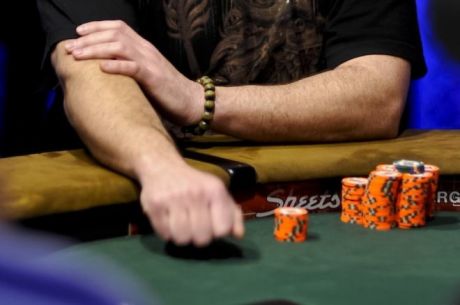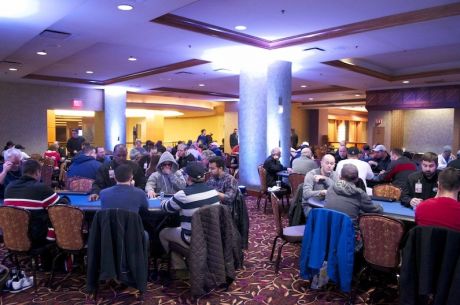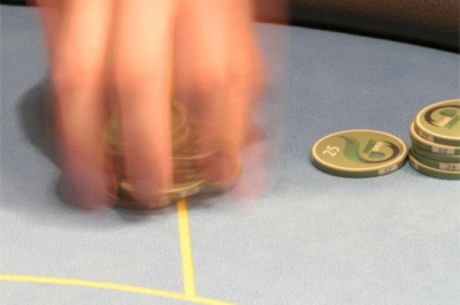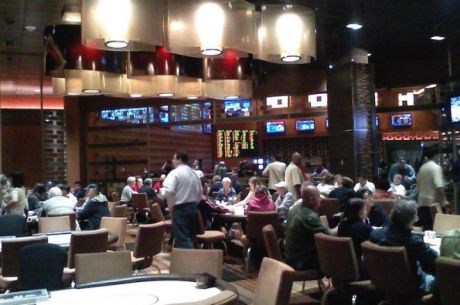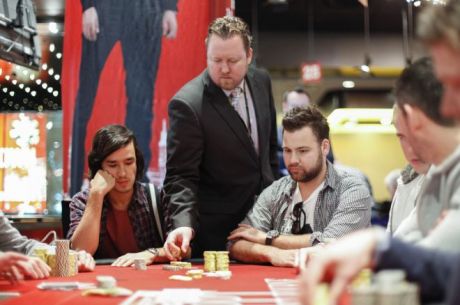Casino Poker for Beginners: Quirky House Rules

Even if you have a poker rule book memorized, the minute you sit down at a casino’s poker table, you’re probably playing under poker rules that you don’t know about.
How can that be? Simple — “House rules.” These are custom-made rules for just one poker room that supplement or substitute for the standard set of rules to which players are accustomed.
Poker is far from the only game that has provisions for such specialized rules. In Major League Baseball, each stadium has its own “ground rules.” Famously, for example, a ball that sticks in the vines covering the outfield wall at Wrigley Field is a double. The batter may not keep running the bases while the fielder tries to retrieve the ball — and that’s true even if the ball is just sitting there in full view and could easily be put back into play.
Similarly, golf clubs have “local rules” to prescribe how the standard rules are modified to accommodate idiosyncratic features of the course. During World War II, for example, the Richmond Golf Club in London, England had to yield to the reality that German artillery shells could rain down at any moment. So, for instance, club members were allowed to replay a shot if they were distracted by the explosion of a bomb — with a one-stroke penalty!
The difference between the “house rules” of baseball or golf and those of poker is that the latter are not usually instituted because of peculiar physical features of a poker room. Most often, these rules merely indulge the whims and preferences of the poker room manager.
There is a good argument that poker rooms should not have such rules, as they surprise and confuse players, thus leading to arguments and bad feelings. But until everybody in power gets on board with abolishing quirky house rules, you need to know what to expect.
Obviously, I can’t provide you with a comprehensive list of every casino’s unique rules. No such compilation exists. In fact, no such compilation could exist, since at least one casino — Mandalay Bay — rather famously does not allow anyone to look at their house rule book!
But I can give you some examples of the peculiar and sometimes inexplicable rules that are out there.

A while back one of my dealer friends in Las Vegas tweeted this photo of the table plaque at the South Point casino (see right). As you can see, those in charge of the room have, for some unknown reason, decided that betting ends with the fourth raise after an initial bet — making one wonder if they grasp the basic concept of the phrase “no limit.”
Treasure Island in Vegas used to have a similar rule, and some of my friends loved playing there and putting in sequential minimum raises until they had officially capped the betting with some paltry fraction of their stacks. Always good for a laugh!
One of the most common house rules you may encounter concerns “straddles.” These are bets that a player voluntarily puts in blind — that is, before seeing what cards he has been dealt. There are dozens of variations, covering what positions may straddle, how much the straddle bet can be, how the straddle bet changes the subsequent order of play, and so on.
Another common theme of house rules will be to govern the use of cell phones. Some places allow them ad lib, as long as you don’t slow down the game. Other places disallow talking on the phone, but allow all other uses. Some have restrictions that only apply when you are actively in a hand, thus allowing you to use your phone when you don’t have live cards in front of you. Some go so far as to prohibit all use of these devices unless you step away from the table.
The World Series of Poker has a peculiar house rule allowing the use of headphones to listen to music during tournaments — until everybody is in the money, after which point headphones are banned.
Binion’s is the only poker room in Vegas to use what they call a “forward-moving button.” It’s too complicated to explain in detail, but its effect is that sometimes a player gets to skip paying one or both blinds. It confuses me every time I play there (which used to be a lot, since I lived within walking distance).
The standard rule defining a “string bet” is that you get one motion to put out however many chips you want to constitute your bet — no double motions allowed. But a casino in Wisconsin at which I used to play said that a player could keep putting out chips in multiple motions until his hands came to rest on the edge of the table, and only then was his turn deemed to be over. As you might guess, this caused a good deal of confusion and argument.

Among local grinders in Vegas, Mandalay Bay is notorious for having the longest and most bizarre collection of house rules, with the one about nobody being allowed to read the house rules the clincher. The poker room there uses non-standard rules for which player has to reveal cards first at showdown; for posting blinds if you change seats; for when a player is allowed to change tables; for the minimum amount of chips a player must take to a new table; for how the must-move list operates, and more.
Mandalay even has a rule against players reading while at the table. I once played there with WSOP bracelet winner Cory Zeidman at my table, and he was surprised to be told he couldn’t read a poker magazine when he wasn’t in a hand. But Zeidman is a witty kind of contrarian, and quickly found a loophole: he promised he wouldn’t read the magazine, but would only look at the pictures!
It’s not a bad principle to fight silly rules with a silly workaround. But for the most part, the best strategy is to just roll your eyes, accept that you’re in Rome, and do as the Romans do. That is, live with whatever the house rules are, rather than make an ugly scene criticizing the employees for enforcing a dumb rule.
Fortunately, all of the quirky house rules I’ve encountered are like the ones I’ve mentioned here, in that they’re on the margins of the game, not messing with bedrock principles such as a flush beating a straight.
Your best defense is this: When you sit down at a game for the first time in an unfamiliar poker room, ask the dealer if there are any non-standard house rules you should know about. Then you can concentrate on winning, not on worrying about whether there is some odd time-bomb of a rule waiting to go off and catch you unaware — with or without a penalty stroke.
Thanks to Kristi Smith for the “No-limit… with a limit!” photo. Robert Woolley lives in Asheville, NC. He spent several years in Las Vegas and chronicled his life in poker on the “Poker Grump” blog.
Want to stay atop all the latest in the poker world? If so, make sure to get PokerNews updates on your social media outlets. Follow us on Twitter and find us on both Facebook and Google+!





